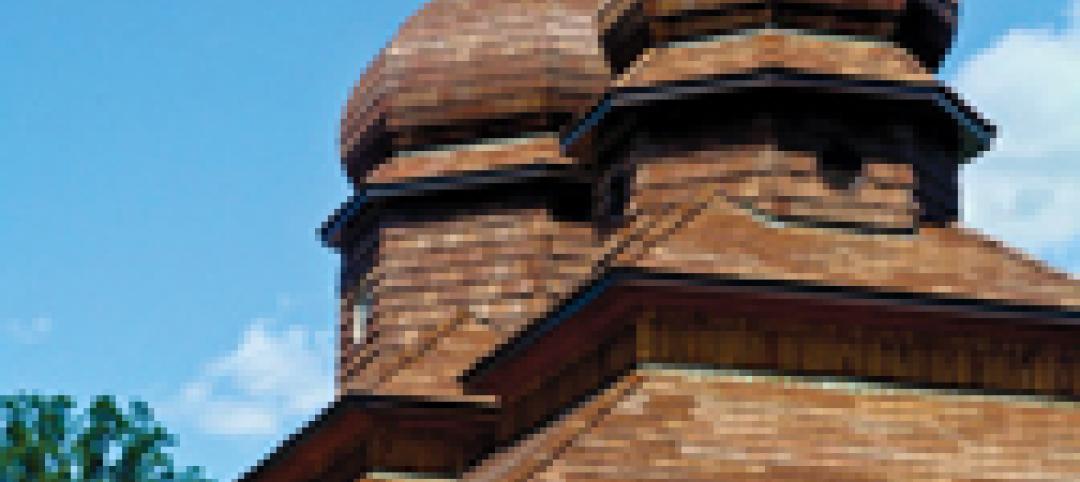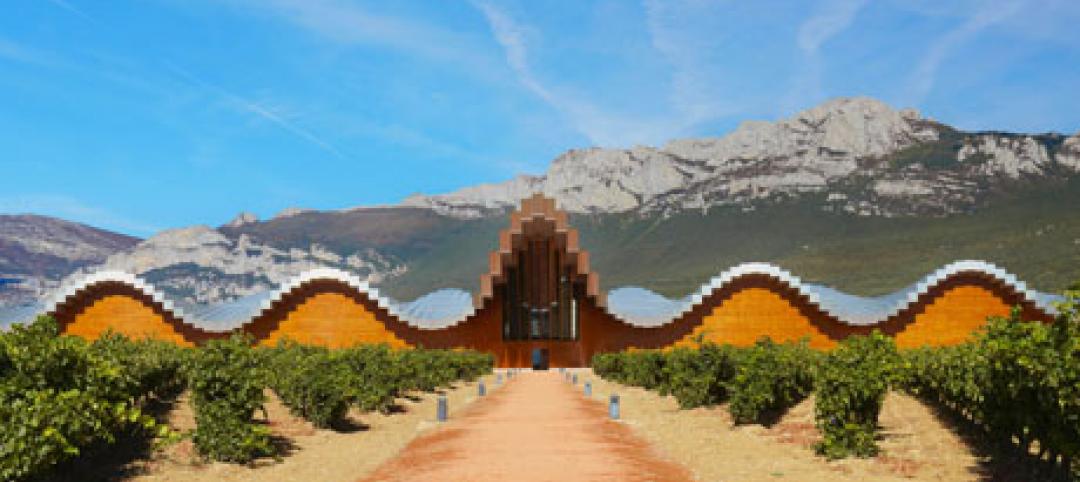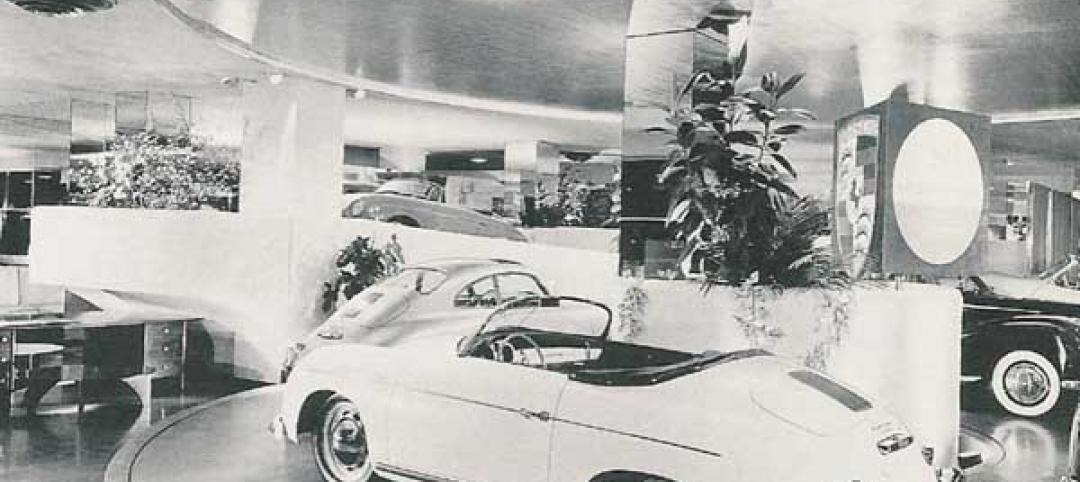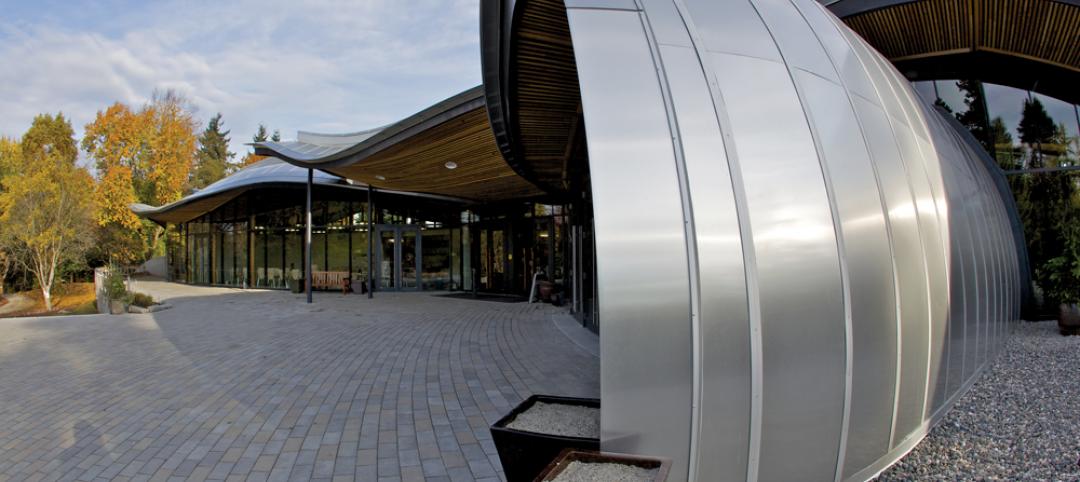“This building may look very cool and modern, but it’s all about performance,” says Marc Butler, CEO and president of J.R. Butler Inc., the Denver-based glazing contractor that helped produce nearly 600 high-performance windows for the U.S. Department of Energy’s new National Renewable Energy Laboratory, near Golden, Colo. From the outset, the client required its 222,000-sf facility to meet the highest performance goals attainable: LEED Platinum, net-zero-energy use, and energy performance 50% better than ASHRAE 90.1 2004. “Those are the three things we made all the decisions around,” says Butler.
It’s ambitious to take on any project with such aggressive energy-efficiency goals, but to move ahead knowing that a significant amount of the building would be punched full of window openings—the building has a wall-to-floor square footage ratio of 4:1—is a prospect many Building Teams would gladly pass up. Throw in a couple additional challenges, such as a tight $64 million budget and a 500-page design-build contract with 50% of the fee at risk if terms weren’t satisfied, and the Building Team of RNL (architect), Stantec (engineer), Haselden Construction (GC), and J.R. Butler had their work cut out for them.
Their solutions for the building’s performance requirements involved the use of innovative window products to optimize and manage daylighting and views and control natural ventilation and unwanted heat gain.
“Daylighting and solar energy are at the core of the building,” says Philip Macey, AIA, design-build project manager for Haselden. “Free lighting is the most important thing a designer and contractor can give a building owner.” The facility’s H-shaped layout, with its two narrow 60-foot-wide wings, ensures that no workstation is more than 30 feet from a window—in a building designed for 800 employees. “During an average day, you should never have to turn on the lights,” says Butler.
Daylighting enters the building from all sides, meaning each façade has numerous openings—a design hardly conducive to a tight, super-efficient building. Window units had to plug potential leaks. “The R-value in the walls was huge, which meant the R-value in the glass had to be huge,” says glazing contractor Butler. “It’s a significant challenge for glass to give you good insulation value.” Butler, whose firm has a license agreement to unitize for Wausau Windows and Wall Systems, specified Wausau’s 4250 Series and created a SuperWall system with help from SageGlass, Viracon, and Linetec using energy and light modeling data from Stantec.
The thermal modeling process lasted about 15 months. There was so much data to be crunched that Butler says it took a dedicated computer bank three weeks to spit out supposedly “final” results each time a change was made. “Every time we thought we were good and ready to order the windows, something else would bump the performance of the window,” says Butler. “The balancing act was crazy.”
As a result of the complex modeling, eight different types of glass were specified to help balance light, U-value, and shade coefficient. Wausau’s high-performance aluminum frames (with 70% recycled content using secondary billet) were fitted with triple-pane glazing that features Viracon low-e coatings (sometimes two or three different coatings). In some instances, electrochromically tintable glass (from Sage Electrochromics), which darkens when voltage is applied to it, was used. Linetec finished the aluminum frames in a silver-hued mica Kynar coating and supplied the thermal barrier system. Fabrication of the custom windows took about 10 weeks, with both Wausau and J.R. Butler manufacturing the units.
Wausau also constructed custom sunshades, called bonnets, to box the windows, adding both a distinguishing architectural element and additional shading. “The sunshades give people the ability to look out and see the full Colorado landscape but without having direct sunlight in their face,” says Butler. “In our studies of the sun, when you get that spring and fall and winter sun, the sidepieces block that out. When you have high summer sun, the top shade blocks that out.”
The problem with using all that super high-performance glazing and additional shading devices is that it reduces visible light transmittance, which conflicted with the client’s wish for interiors flooded with natural light. To compensate, clerestory windows were installed above the bonnets and fitted with fixed, mirrored light louvers between the panes that reflect light upward, bouncing it off the ceiling and funneling it deep into the building—an average 20 to 30 feet inside. The Building Team also employed 13-foot-high ceilings, workstation furniture with low walls, and bright interior paint colors to keep interiors bright. “It got to the point where we had to make sure interior light wasn’t too overwhelming,” says Butler.
The operable clerestory windows are programmed to automatically open at night to purge heat buildup and cool the building. “It’s a smart alternative to having the air-conditioning kick on,” says Butler. Those operable windows almost never made it beyond the drawing board, however, because the DOE worried about the building being targeted for a bomb or poison gas attack and being caught with the windows open. However, the Building Team was able to obtain a special code variance, and numerous safeguards were put in place to protect against such an incident.
The custom windows and installation were costly, with J.R. Butler being the project’s second largest subcontractor. Butler acknowledges that while the scope of work was appropriate for this particular client, “it’s still very expensive for the private sector, but they can learn from this technology” and incorporate ideas into their projects as budgets permit.
The National Renewable Energy Laboratory’s Sustainable Features
• High-efficiency windows
• Precast CMU
• Radiant heating and cooling
• Underfloor ventilation
• High-efficiency computers, monitors, and other office equipment
• Transpired solar collectors
• On-site solar energy system
• Use of recycled and reclaimed materials, including aggregate from an airport runway and structural steel columns from natural gas piping
Related Stories
| Apr 19, 2013
Is LED lighting keeping its promises?
Lighting experts debate the benefits, drawbacks, and issues related to specifying LED fixtures.
| Apr 19, 2013
Must see: Shell of gutted church on stilts, 40 feet off the ground
Construction crews are going to extremes to save the ornate brick façade of the Provo (Utah) Tabernacle temple, which was ravaged by a fire in December 2010.
| Apr 18, 2013
Survey seeks info from managers of high-tech facilities
The International Institute for Sustainable Laboratories (I2SL), and Laney College in Oakland California, a National Science Foundation-funded Building Efficiency for a Sustainable Tomorrow (BEST) Center, are collaborating to identify education and training needs and strategies for high-tech facility operators.
| Apr 18, 2013
SOM, CASE team up to launch crowd-sourced apps library
SOM and CASE have formally launched AEC-APPS, the first crowd-sourced, web-based library for applications used by architects, engineers and construction professionals. This is a one-of-a-kind initiative in the AEC Industry and is a non-profit online community that allows digital tool users and toolmakers to share ideas, tips and resources.
| Apr 18, 2013
Calatrava projects encounter issues with water, structure, Guardian says
A dozen years after Calatrava built the spectacular Ysios winery in the rainy Alava region of northern Spain, the building's dramatic, undulating roof continues to let in the damp.
| Apr 17, 2013
Frank Lloyd Wright's Park Avenue showroom demolished
New York loses another architectural gem by Frank Lloyd Wright as new owner razes auto showroom.
| Apr 17, 2013
First look: Renzo Piano's glass-domed motion pictures museum
The Academy of Motion Picture Arts and Sciences last week released preliminary plans for its $300 million Academy of Motion Picture Arts and Sciences museum in Los Angeles, designed by Renzo Piano and local architect Zoltan Pali.
| Apr 16, 2013
5 projects that profited from insulated metal panels
From an orchid-shaped visitor center to California’s largest public works project, each of these projects benefited from IMP technology.
| Apr 16, 2013
AIA/NCARB survey shows rosier picture for emerging professionals
In 2010, the AIA/NCARB Internship and Career Survey of emerging professionals took a snapshot of young designers during a time ofintense economic contraction, when they were often the first to suffer. But in the two years since, emerging professionals have begun experiencing a rebound.

















